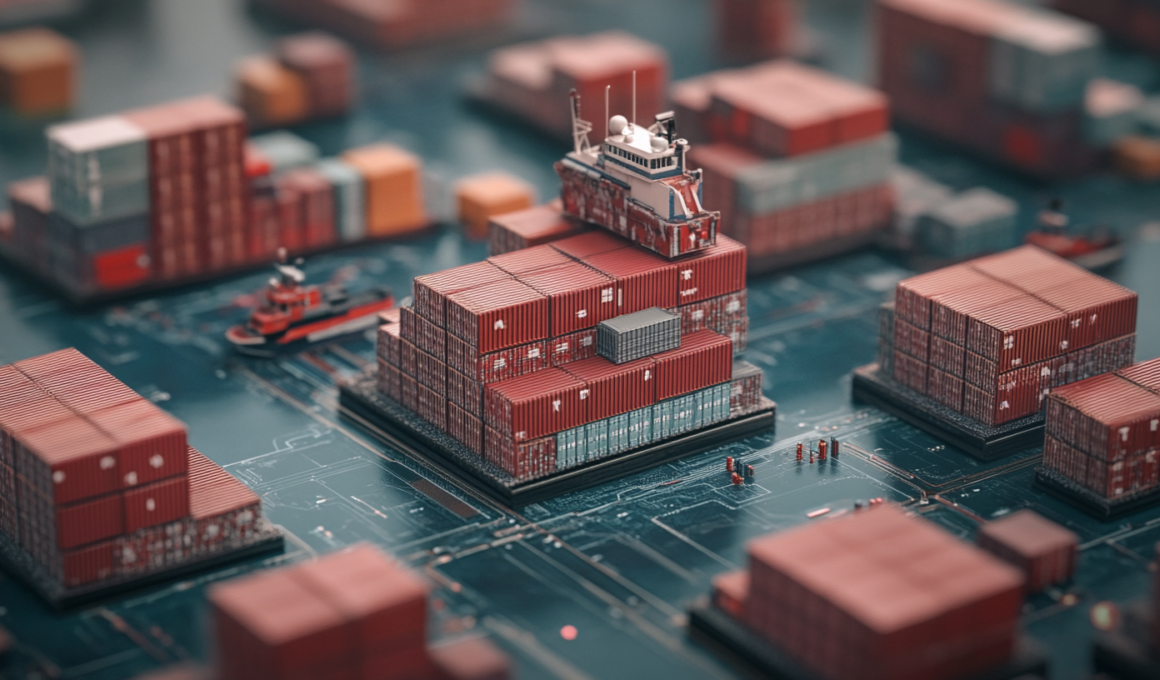Disclaimer: the following is an opinion article and should not be considered as financial advice.
The second presidency of Donald Trump has started with a bang. The United States of America has upset the global economic stage by imposing tariffs on most countries and trade partners. While major powers scramble to retaliate and escalate the trade war, one piece of the puzzle remains surprisingly steadfast, cryptocurrencies.
Once seen as a niche interest or a fringe financial experiment, cryptocurrencies have emerged as a potentially transformative force in global finance. And while the USA government targets steel, aluminum, and other critical imports with new taxes, the decentralized and borderless nature of digital currencies has allowed them to continue growing, largely unaffected by tariffs and trade disputes. This unusual resilience raises important questions about the relationship between traditional economic policies and emerging financial technologies.
What makes cryptocurrencies immune or at least less susceptible to the turmoil created by Trump’s trade policies? Unlike conventional financial markets, which are often subject to the whims of government regulations, tariffs, and international agreements, the decentralized infrastructure that underpins digital currencies operates independently from these external pressures. As countries around the world fight over trade agreements, the cryptoverse remains a realm in which borders, tariffs, and taxes lose much of their power.
Tariffs as an economic weapon
The US dollar holds the status of the world’s reserve currency. This means that other countries rely on dollars to settle international transactions, purchase commodities like oil, and maintain their financial reserves. As a result, there’s a constant and significant global demand for dollars. To satisfy this need, the United States runs trade deficits, buying more from abroad than it sells, paying for imports with dollars. In return, the United States receives tangible goods and services such as vehicles, electronics, and energy.
This system benefits the United States considerably. It enables the country to bring in low-cost imports without experiencing the typical downsides of persistent trade deficits. Thanks to the dollar’s global dominance, the United States can sustain high levels of borrowing and government spending without immediately feeling the economic repercussions. However, this setup can also backfire: it allows flawed domestic policies to persist, discouraging much-needed reforms in areas like government spending, regulatory policy, and productivity growth.
During his second presidency, Donald Trump aims to preserve the advantages of dollar hegemony while tackling a persistent challenge, the country’s weak export performance. His proposed fix was tariffs. By placing taxes on imported goods, Trump intended to reduce the appeal of the dollar, thereby softening its value without compromising its reserve role. This, he believed, would encourage exports and revive domestic manufacturing.
But tariffs are a crude policy instrument. They don’t address the fundamental problem, structural inefficiencies within the economy. Rather than making industries more competitive, tariffs tend to push the strain onto foreign partners, stirring international tension. The reaction from financial markets made it clear: this was more than just a trade dispute, it resembled a currency skirmish that failed to confront the real issue of lagging productivity.
Trump’s economic agenda seeks to protect the dollar’s international status while reshaping trade dynamics. The administration sees tariffs as a way to pressure allies into sharing the cost of trade imbalances and to jumpstart local supply chains through targeted industrial policies. Still, this method has serious shortcomings. Tariffs alone won’t revive old industries or restore lost jobs, especially not in an era where automation is revolutionizing manufacturing worldwide.
The core challenge isn’t overseas competition, but inefficiencies embedded within the American economic system, excessive regulation and chronic fiscal deficits. Without addressing these internal flaws, tariffs are merely a temporary fix that hides deeper problems instead of resolving them.
Crypto as a modern safe haven
Amid the rising uncertainty brought about by protectionist policies and tariff wars, investors and institutions alike are searching for assets that can withstand the turbulence. Traditionally, safe havens during economic unrest have included gold, government bonds, and certain fiat currencies. But in this new era of digitized economies and fragmented global alliances, cryptocurrencies are increasingly being viewed as the 21st century equivalents.
Unlike fiat currencies, which are tied to the policies and political climates of their issuing countries, cryptocurrencies are fundamentally independent. Their value isn’t directly dictated by central banks or swayed by geopolitical decisions like tariffs or sanctions. This makes them uniquely resilient in the face of economic maneuvers that aim to manipulate currency values or trade balances.
As Trump’s tariff escalations stir fears of inflation, supply chain disruptions, and retaliatory measures from China, the EU, and other major trading blocs, cryptocurrencies offer an alternative narrative, one of neutrality and autonomy. Investors are beginning to regard digital assets not just as speculative instruments, but as a hedge against the fragility of fiat systems subject to political whims.
One of the most underrated aspects of cryptocurrencies during a tariff war is their utility in facilitating capital flight in high-friction environments. In regions where governments respond to USA tariffs with capital controls or currency devaluations, citizens and businesses may turn to crypto as a way to preserve wealth and move money across borders.
This is particularly relevant in emerging markets. When a country’s currency comes under pressure due to USA trade aggression, its citizens may look for alternatives that are not subject to inflation or policy-induced depreciation. Cryptocurrencies, with their ease of transfer and borderless nature, provide an escape valve from authoritarian monetary policy and trade-induced economic distress.
For multinational corporations, crypto can also serve as a parallel financial rail. In an era where banking transactions across borders may become more costly or politically fraught due to tariff-related tensions, blockchain-based settlements provide a way to bypass traditional bottlenecks. Stablecoins, in particular, have started to gain traction in cross-border trade as they combine the benefits of digital speed with fiat-level stability.
What makes the current moment particularly significant is that this is the first time Bitcoin is facing the prospect of a full-fledged global recession. Since its creation in 2009, Bitcoin has lived through periods of market turbulence and localized crises, but it has never been truly tested by a synchronized global economic downturn. The world is now teetering on the edge of recession, triggered in part by trade wars, rising interest rates, and supply chain fragmentation. This presents a critical inflection point for Bitcoin, not just as a speculative asset, but as a potential store of value and safe haven during widespread economic distress. Investors and policymakers alike are watching closely to see how the cryptocurrency behaves under the pressure of slowing growth, rising inflation, and heightened geopolitical risk.
Conclusion
As the global economic order is reshaped by rising protectionism, trade wars, and geopolitical friction, the financial world finds itself at a crossroads. Tariffs, once a relic of old-world economics, are now being wielded as blunt-force tools in a hyperconnected digital age. At the same time, a new financial frontier decentralized, borderless, and independent is quietly gaining ground.
Cryptocurrencies, and Bitcoin in particular, are no longer sidelined curiosities. They are emerging as viable alternatives in a system increasingly strained by political agendas and economic nationalism. With the world inching toward recession and traditional tools of economic policy showing their limitations, digital assets may represent more than just speculative bets. They could be the early architecture of a parallel financial universe.
What lies ahead is uncharted territory. Never before have we seen such a volatile mix of global trade disruptions, economic decoupling, and the rise of a decentralized financial ecosystem. The next few years will test not only the durability of traditional institutions but also the credibility and resilience of cryptocurrencies. In this era of uncertainty, the financial map is being redrawn and the compass may well be digital.










